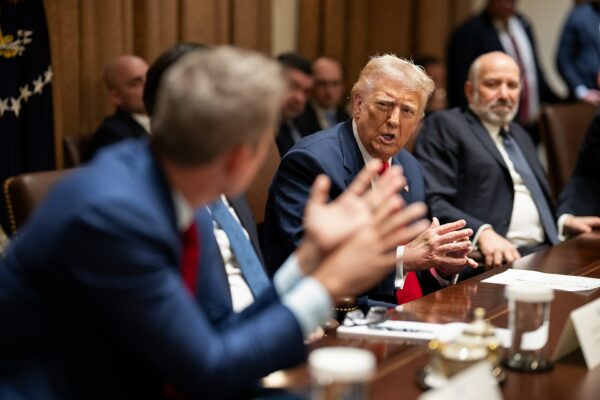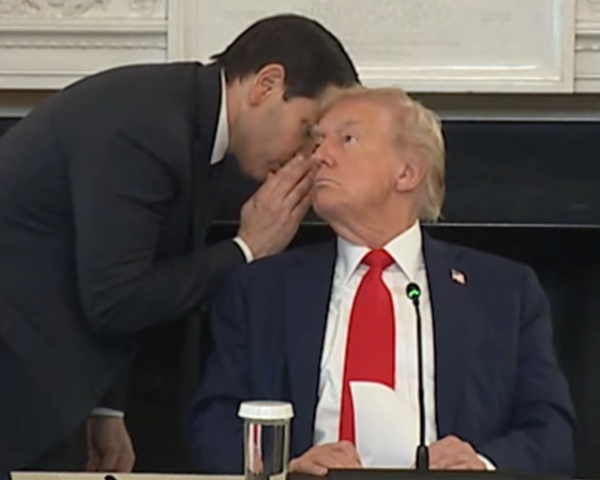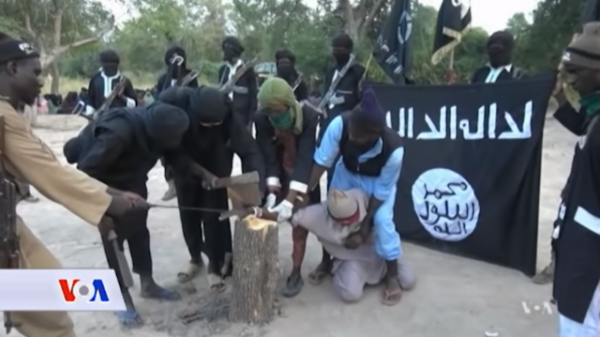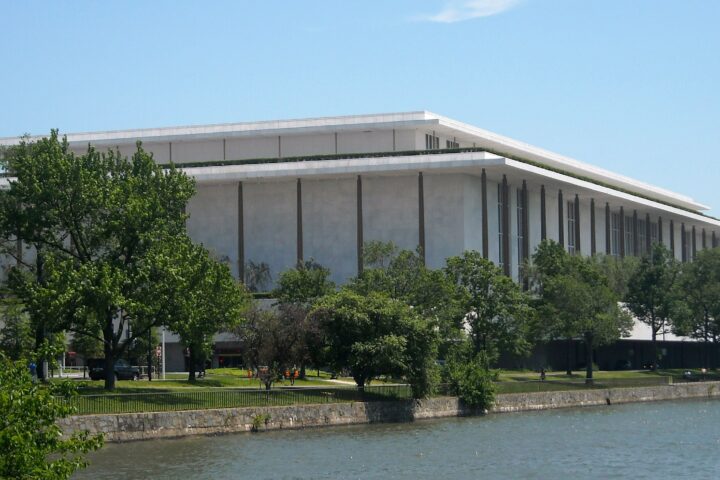President Donald Trump’s renewed tariff threats have set off a flurry of diplomatic activity in Japan and South Korea, as both U.S. allies scramble to respond ahead of a newly extended August 1 deadline. Trump announced Monday that, absent new trade deals, a 25 percent tariff would be imposed on imports from both nations—an escalation that triggered emergency meetings and underscored growing strain in America’s Indo-Pacific partnerships.
Japanese Prime Minister Shigeru Ishiba called the move “deeply regrettable,” airing his frustrations during a cabinet meeting focused on the tariff threat. “It is deeply regrettable that the U.S. government has announced a tariff increase in addition to the already imposed tariffs,” he said, referring to stalled negotiations. Itsunori Onodera, policy chief of Japan’s ruling Liberal Democratic Party, described Washington’s approach as “entirely unacceptable” and criticized the decision to notify Tokyo via “a single letter,” calling it “extremely disrespectful.”
In Seoul, the newly elected government of President Lee Jae Myung struck a more pragmatic tone, noted The Washington Post. “Negotiations are moving toward a very important phase,” said Wi Sung-lac, South Korea’s national security adviser, after meeting with U.S. Secretary of State Marco Rubio. South Korean Trade Minister Yeo Han-koo characterized the talks as an “all-court press,” following his discussions with U.S. Trade Representative Jamieson Greer.
The proposed tariffs would hit key sectors—automobiles, steel, and aluminum—just as both Asian democracies confront heightened domestic political pressures. With Japan’s upper house elections scheduled for July 20, Ishiba faces limited room to maneuver on sensitive agricultural items like rice. South Korea’s new administration, still consolidating power after a recent presidential transition, is navigating its own challenges in adapting to Trump’s high-stakes bargaining style.
In Seoul, Heo Yoon, chairman of the National Trade Policy Advisory Council, suggested the tariff threats were designed to extract concessions. “Trump weaponized his unpredictability, but now he’s quite predictable about his unpredictability. We can read his patterns,” Heo told Wapo, referencing Trump’s characterization of the August 1 deadline as “firm, but not 100 percent firm.”
Despite the diplomatic storm, financial markets in both countries reacted cautiously, with investors eyeing the extended timeline as a window for de-escalation. Yet the trade tensions extend beyond Northeast Asia. Southeast Asian nations—particularly Indonesia, Malaysia, and Cambodia—also face the prospect of steep duties. Cambodia, potentially facing tariffs as high as 36 percent, has received little clarity.
With the clock ticking and diplomacy intensifying, the outcome of this standoff could reshape both the region’s economic architecture and the strategic calculus of America’s closest allies.
[Read More: Tucker Interviews Iranian Leader In Wild Interview]








